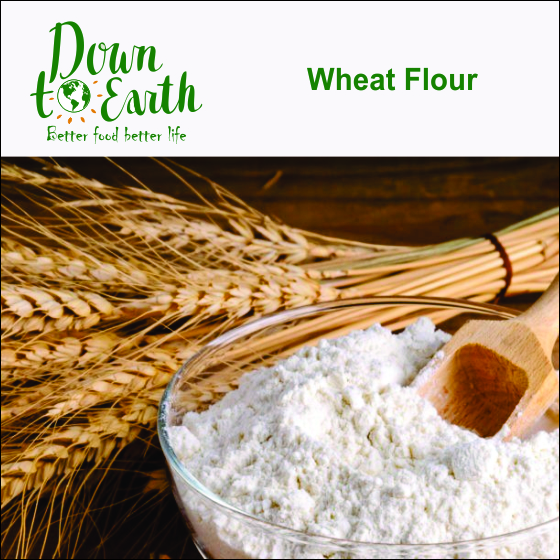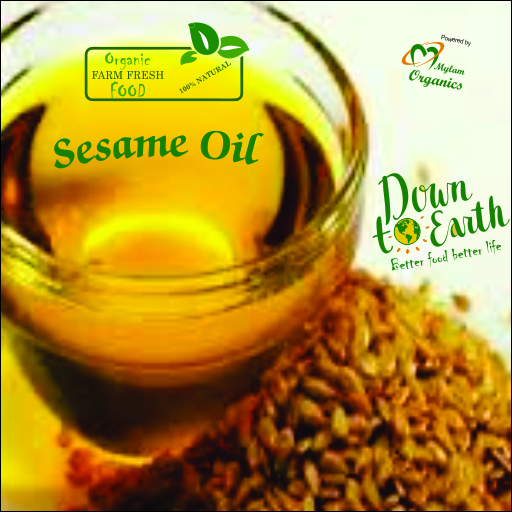Welcome you to Down 2 Earth Organics!
Cow Ghee
- Rs.670.00
Ghee is a class of clarified butter that originated in ancient India. It is commonly used in cuisine of the Indian subcontinent.Traditionally, ghee has been used as cooking oil, an ingredient in dishes, and in Ayurveda therapies. Ghee is lactose-free and, compared to butter, much lower in cholesterol. It is also jam-packed with fat-soluble vitamins A,D, E, and K. These have wonderful antioxidant properties, and play a critical role in strengthening our immune systems. Ghee is one powerful superfood and is definitely a must dietary in everyday intake that is why its also sometimes called Liquid Gold by nutritions.












